
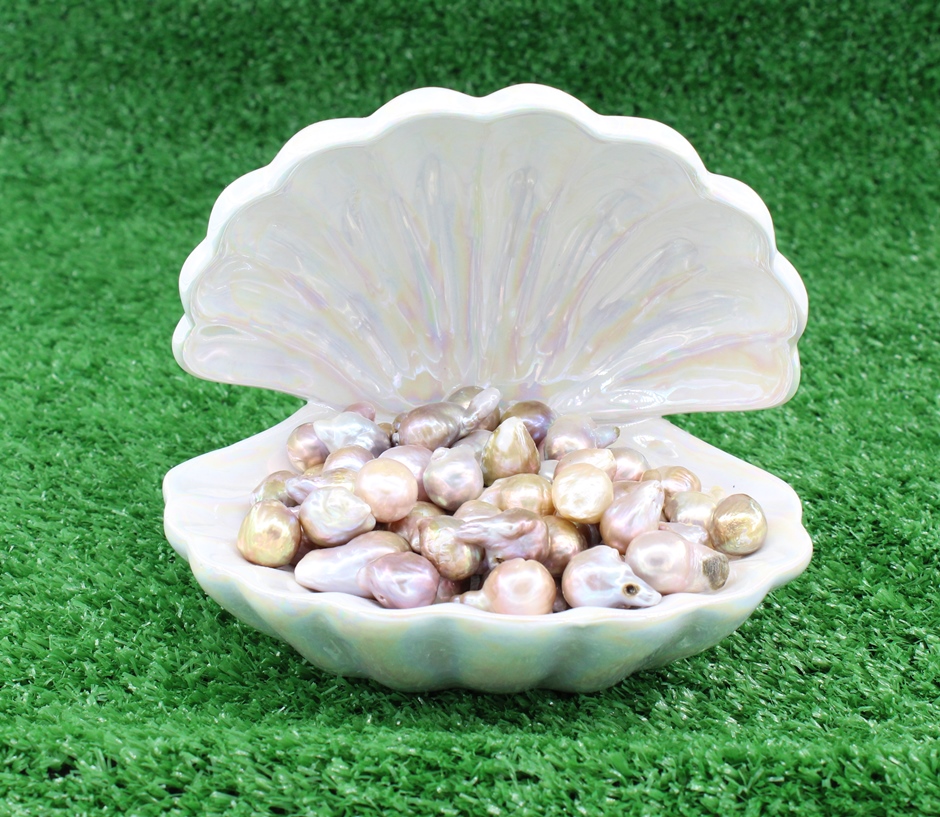
Freshwater Pearls vs Saltwater Pearls
Freshwater pearls' lower price than saltwater doesn't necessarily mean low quality. In fact, some high quality freshwater pearls are very valuable. Typical sizes range from 4 mm to over 10 mm. The various freshwater pearl shapes can be used to make impressive looking jewelry pieces that sell at affordable prices.
Because freshwater pearls do not start with shell nuclei, and are produced in mussels (each of which can produce several pearls), they are composed 100% of "nacre," the calcium which, over time, coats the nucleus.
Grading Freshwater Pearls
The grading of freshwater pearls is more variable than that of saltwater pearls because freshwater pearls are more colorful and are available in various shapes. But we can still generally assess their value according to the 7 factors:

Luster and Nacre
When cultivating freshwater pearls, there is no need to insert a shell bead. All that is needed is the insertion of a piece of mantle. After the first harvest, mussels can spontaneously grow pearls a second time. That means cultured freshwater pearls either do not have nucleus or have a very little one inside, hence, freshwater pearls are make up with very thick nacre.
Only those freshwater pearls with evenly high luster can be considered as high valued ones.
Only those freshwater pearls with evenly high luster can be considered as high valued ones. Judge luster see Luster and Nacre
Surface Quality
Blemishes such as discolorations, pits, bump, wrinkle and cavities can decrease the value of pearls.
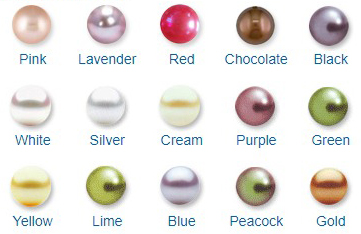
Color
Freshwater pearls come in a wide variety of body colors: white, pink, orange, yellow, lavender, gray. When determining what color to buy, keep this in mind: The color doesn't affect the price of freshwater pearls as much as it does that of saltwater pearls.
Pink or silver overtone can increase a freshwater pearl's value, as does iridescence. Natural color freshwater pearls are more valued than treated freshwater pearls.

Shape
By inserting different shapes of nuclei, freshwater pearls can assume unique shapes not found in the saltwater variety of pearl. Thin shaped freshwater pearls tend to sell for less than fatter-looking pearls. Symmetry and roundness are of higher value than baroque or off-round.

Size
The size of a freshwater pearl is not as important of a price factor as is its luster and surface quality, but the rule of "the larger, the more valuable" s till applies.
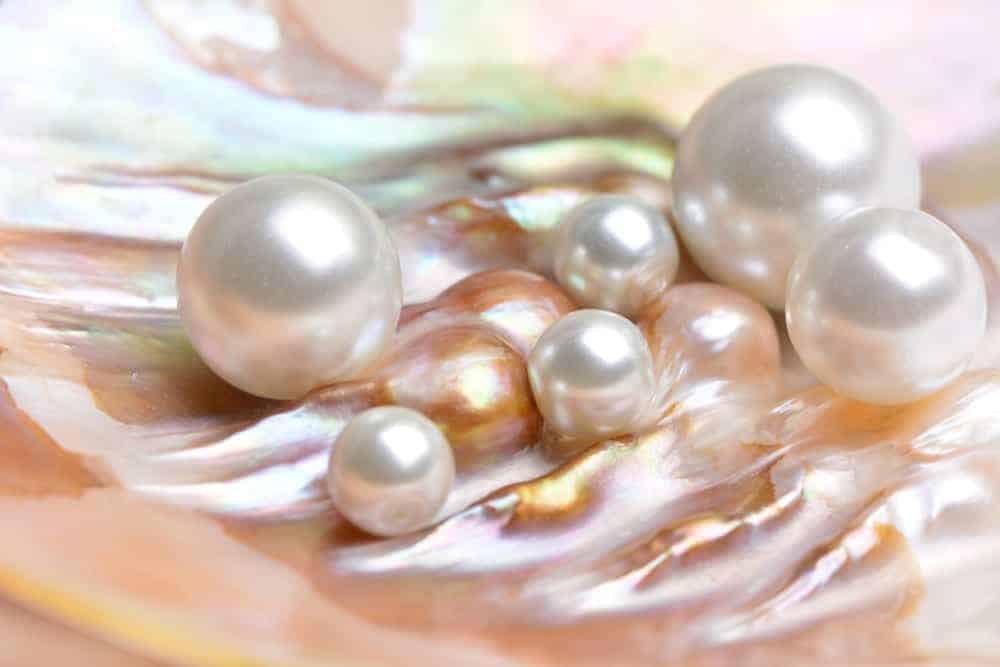
Treated Freshwater Pearl
Often freshwater pearls are treated to obtain fanciful colored pearls in various shapes. Treated freshwater pearls bring the fashion industry more variety and design opportunities. The most often used treatments are bleaching, dyeing, or irradiation. Large cultured freshwater pearls combined in jewelry with small sizes of various shapes (round pearls, coin pearls, button pearls, rice pearls, stick pearls and keishi pearls) make an exciting fashion statement.
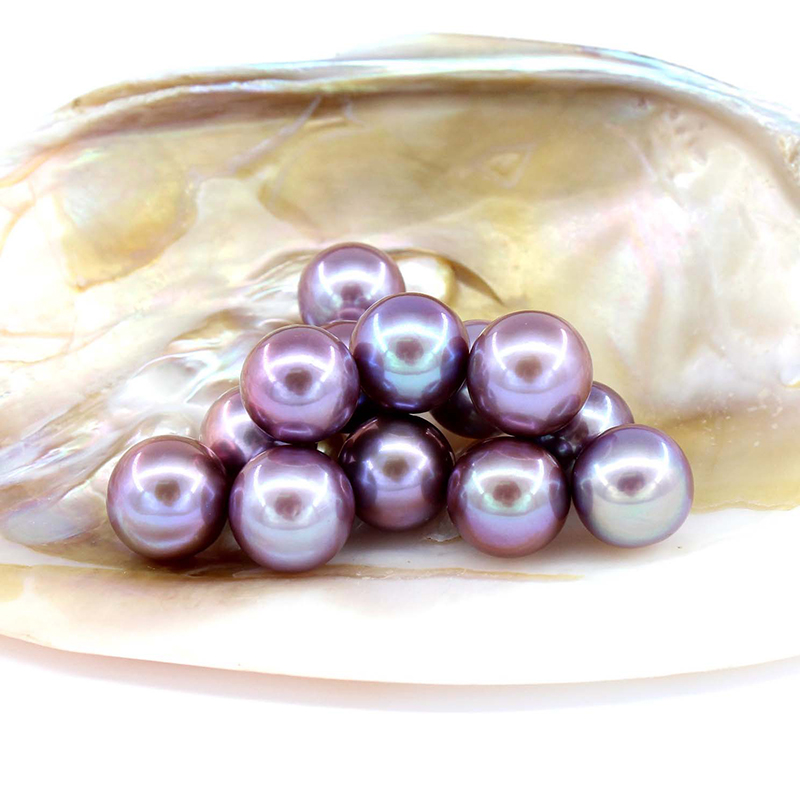
PEARL CARE
- Pearls are organic gemstones. Heat or UV rays may cause changes in color or deterioration in quality, therefore, do not expose pearls to direct sunlight or high heat or humidity.
- When wearing pearl jewelry, avoid the pearls from coming in contact with sharp objects or other gemstones to avoid scratches or further damage to their tender surface.
- Be sure to store pearls safely in an individual, soft-lined pouch, box or protective container and keep them separate from other items in the same jewelry box.
- Pearls are vulnerable to acids and other chemicals. It’s important to keep them away from household chemicals including perfume, makeup and hairspray, etc.
- Acids in perspiration would dull the pearls luste. Wipe the pearl jewelry gently with a soft cloth after every wearing.
- The best way to keep a pearl’s beauty is to wear often as the body’s natural oil keeps its luste. When cared for properly, pearls can last a lifetime.
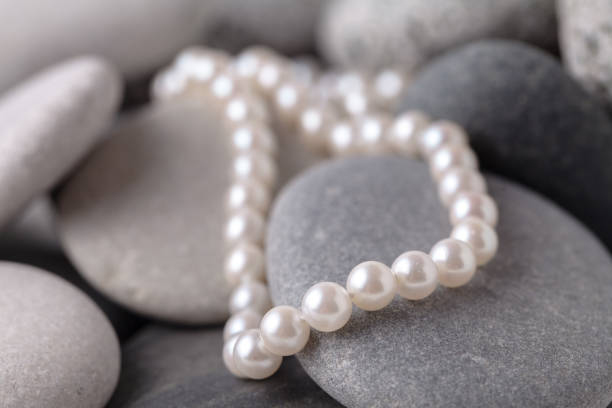
Product Care
There is no problem in wearing your jewellery daily, even if it comes into contact with water/ soap.
However, try to prevent your jewellery from coming into direct contact with chemicals such as perfume, as it might cause your jewellery to lose shine. Should your jewellery tarnish, you can still restore it's shine by polishing it.
Polishing Tips
For 925 Silver:
- Sterling Silver jewellery requires minimal care.
- It does not stain your fingers (i.e. leave green marks) when in contact with sweat
- In the case of oxidisation, you may use a polishing cloth to shine your jewellery, or clean it using warm water and soap.
For Rose/Yellow Gold Plated 925 Silver:
- Gold Plated jewellery allows for the jewellery to stay shiny for a longer period of time.
- However, Gold-plated jewellery will require care should you wish to retain its shine. Scratching of the jewellery / contact with liquids will cause the Coating and Gold plating to wear off, but with proper care it can last up to 6 months.
- After the plating has faded, the natural look of silver will be restored and you can care for it as instructed above.